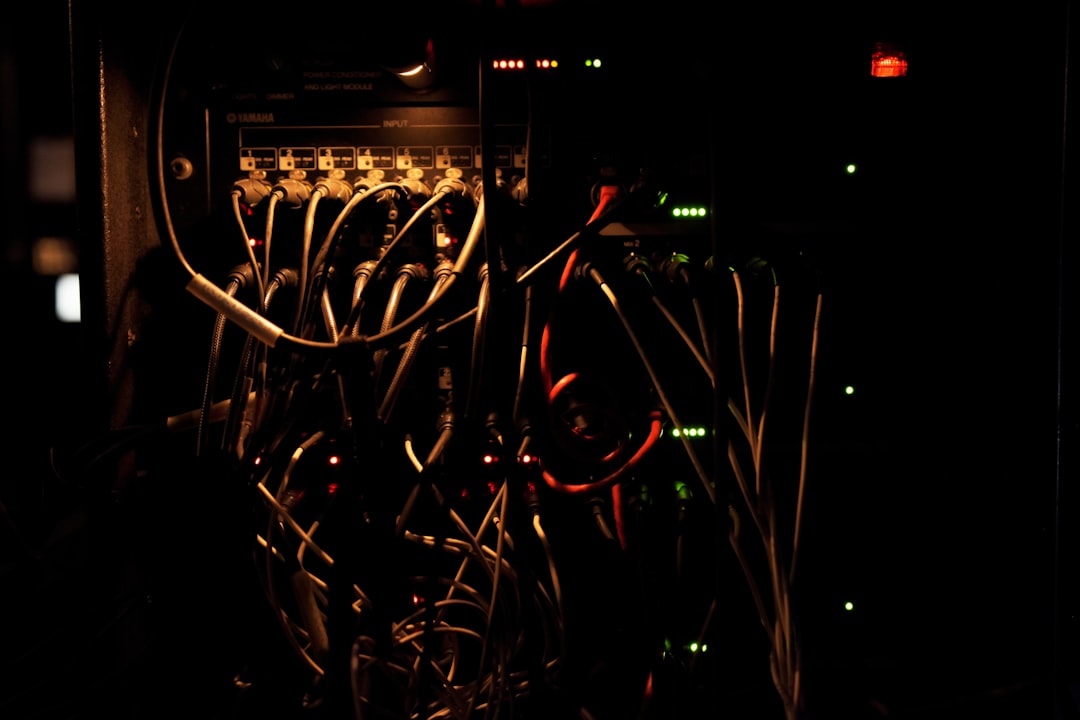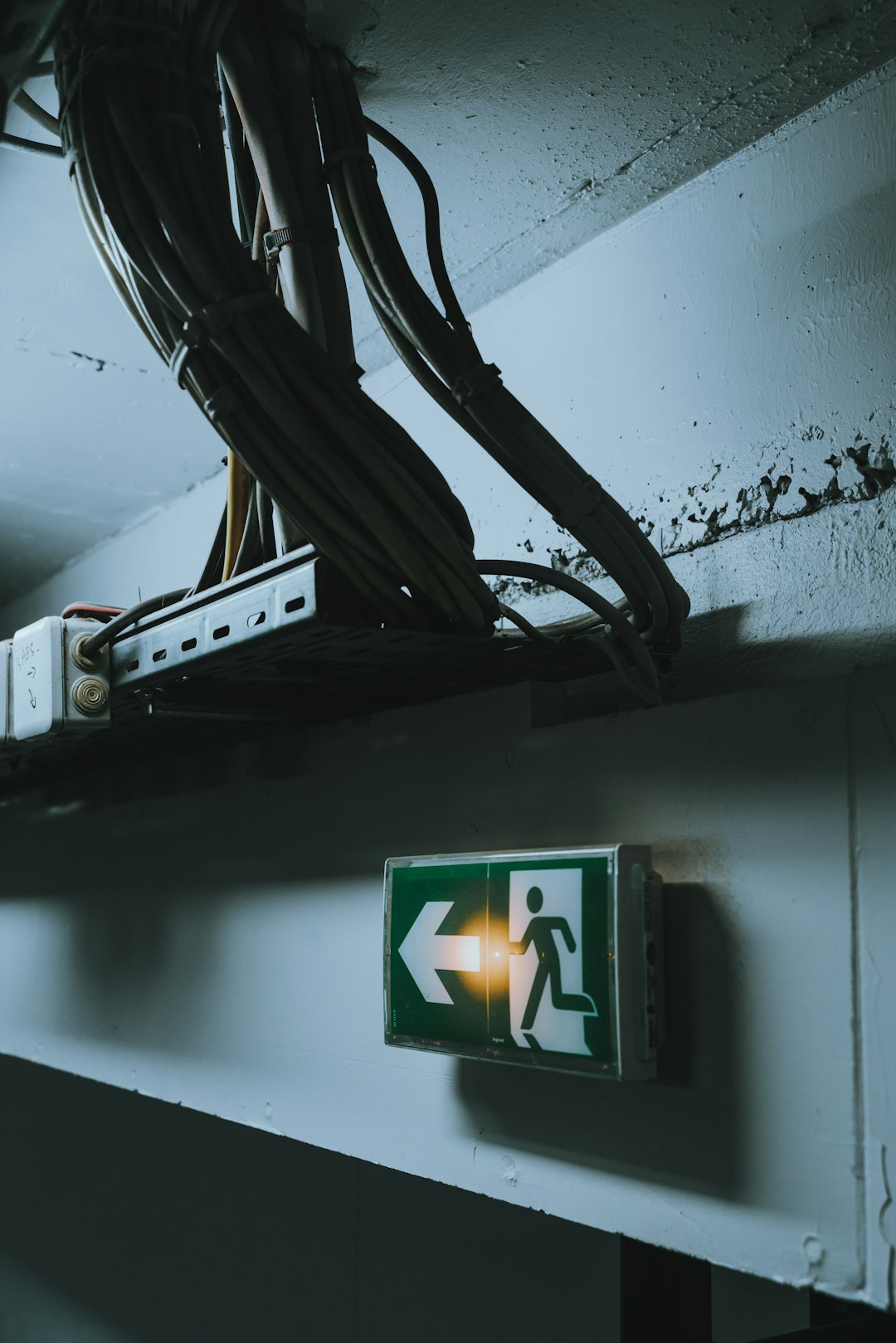So, your dedicated server isn’t playing nice with the internet? Don’t panic. Network issues happen, and they’re usually fixable with a bit of detective work. Let’s break this down into simple steps so you can get your server back online and humming happily.
Step 1: Check the Basics
- Is the server powered on?
- Is the network cable plugged in?
- Lights blinking on the network ports?
- Are you sure your internet is working?
This might sound silly, but it saves you time if the issue is really just… unplugged!

Step 2: Ping, Ping, Ping!
Open a terminal or command line. Try pinging something.
ping 8.8.8.8to test basic internet connectivity.ping google.comto test DNS resolution.
If 8.8.8.8 works but google.com doesn’t, your DNS might be broken. Update your DNS in /etc/resolv.conf (Linux) or check your adapter settings (Windows).
Step 3: Check IP Configuration
Is your server getting a proper IP address?
On Linux, run:
ip a or ifconfig
On Windows, use:
ipconfig
Look for:
- A valid IP address (not 169.x.x.x: that means no DHCP)
- A correct subnet and gateway
If it looks wrong, try restarting the network:
sudo systemctl restart networking (Linux)
Step 4: Traceroute It!
Sometimes, the issue is out there — beyond your server. Use traceroute to track the path to a remote server.
traceroute 8.8.8.8(Linux)tracert 8.8.8.8(Windows)
This shows where the connection breaks. If it fails near the start, it’s probably your server’s link. If it fails farther down, your ISP might be the problem.

Step 5: Examine Firewall Rules
Firewalls are great at keeping bad guys out. But sometimes they block the good guys too.
- Check
iptables -L(Linux) - Ensure no rule is dropping all traffic
- On Windows, check your firewall settings under Control Panel or with
netsh advfirewall show allprofiles
Step 6: Check Network Services
Still offline? Let’s make sure key services are running:
- DHCP (if you’re using it):
systemctl status dhclient - NetworkManager (on some distros):
systemctl status NetworkManager - Routing tables:
route -norip route
Sometimes, restarting the network stack helps. Try:
sudo systemctl restart networking(Linux)Restart-NetAdapter(PowerShell on Windows)
Step 7: Review Logs & More Logs
Logs are your server’s diary. Check:
/var/log/syslog/var/log/messagesdmesg | grep eth
Look for any red flags. Hardware failures? Interface down? Misbehaving services?
Bonus Tip: Try a Rescue Environment
If your server host gives you access to a rescue mode or live environment, boot into it. If networking works there, the problem is likely inside your system — not with the hardware or data center connection.

Troubleshooting Recap:
- Start simple. Check cables and power.
- Test connectivity. Ping, traceroute, and inspect DNS.
- Review config. Make sure your IP, gateway, and DNS are correct.
- Look under the hood. Logs, firewalls, and services can be sneaky.
You got this! Debugging network issues can feel like being a detective. With the right steps, you can solve the mystery and get your dedicated server back online.

